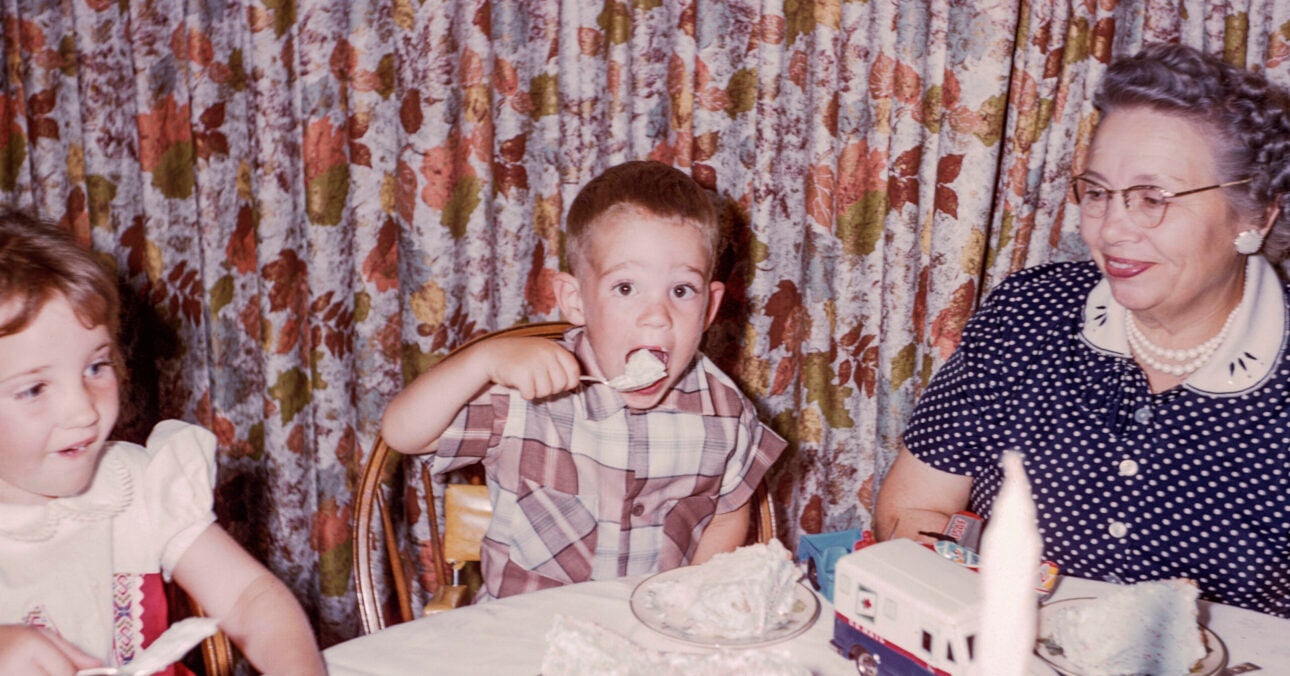The museum at the Billy Graham Center on the campus of Wheaton College in Wheaton, Illinois, houses a “Rotunda of Witnesses,” with banners commemorating the Apostle Paul, John Wycliffe, Martin Luther, Jonathan Edwards, and others.
Now, the Rev. Billy Graham has joined the ranks of these great witnesses whose legacies Christians around the world honor.
On Wednesday and Thursday, members of Congress and visitors will pay their respects to the life of Graham as he lies in honor in the rotunda of the Capitol in Washington, D.C. Congressional leaders who arranged the commemoration noted Graham’s “long and distinguished service to the nation” as the reason for extending the special distinction.
The Daily Signal depends on the support of readers like you. Donate now
For more than a half-century, a powerful aspect of that service was Graham’s presence on the national and international stage, reminding leaders and citizens alike of the transcendent in the midst of public life. As “America’s pastor,” he counseled presidents, solemnized transitions of authority, and comforted the public in moments of grief and crisis.
From President Harry Truman to President Barack Obama, Graham met and prayed with a dozen presidents—every one since World War II. The extraordinary pressures of the office as well as what Graham referred to as the “common hunger” in the souls of “the famous and successful, as well as the lonely and obscure” forged these connections.
Even presidents must answer ultimate questions. President Ronald Reagan said of him, “It was through Billy Graham that I found myself praying even more than on a daily basis … and that in the position I held, that my prayers more and more were to give me the wisdom to make decisions that would serve God and be pleasing to Him.”
Graham played a role in a number of presidential inaugurations. The transition of power from one administration to the next, and the inaugural ceremony itself, point to an authority higher than any one person and loftier than the office itself. The observance reminds the president of the weight of his responsibility and his accountability to, as the oath asserts, the American people and also to God.
Acquainted with the Bush family for decades, Graham was with them in the White House the last night of the presidency of George H.W. Bush. The next day, he offered the invocation at the inauguration of President Bill Clinton. As he prayed that day:
We thank you for the moral and spiritual foundations which our forefathers gave us and which are rooted deeply in Scripture. Those principles nourished and guided us as a nation in the past, but we cannot say that we are a righteous people. We’ve sinned against you. We’ve sown to the wind and are reaping the whirlwind of crime, drug abuse, racism, immorality, and social injustice. We repent of our sins and turn by faith to you.
In moments of crisis, Graham provided spiritual leadership to a nation wrestling with the reality of evil, such as at the April 1995 service following the Oklahoma City bombing. Similarly, his message at the National Cathedral on Sept. 14, 2001, reminded Americans of gospel hope in the midst of the temptation to despair that evil had prevailed.
Near the Rotunda of Witnesses at Wheaton’s Billy Graham Center Museum is another exhibit that conveys the heart of the message that animated Graham from the time he was a student at the Midwestern campus to his years as pastor to presidents.
“Walk Through the Gospel” takes visitors through a cross-shaped hall into a space representing the resurrection in heaven. That concrete depiction points to the transcendent reality and hope to which Graham testified before 200 million people around the globe, including 12 presidents of the United States, in the midst of a watching nation’s public life.






























